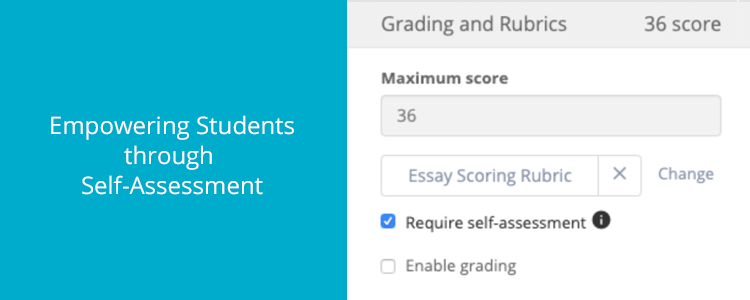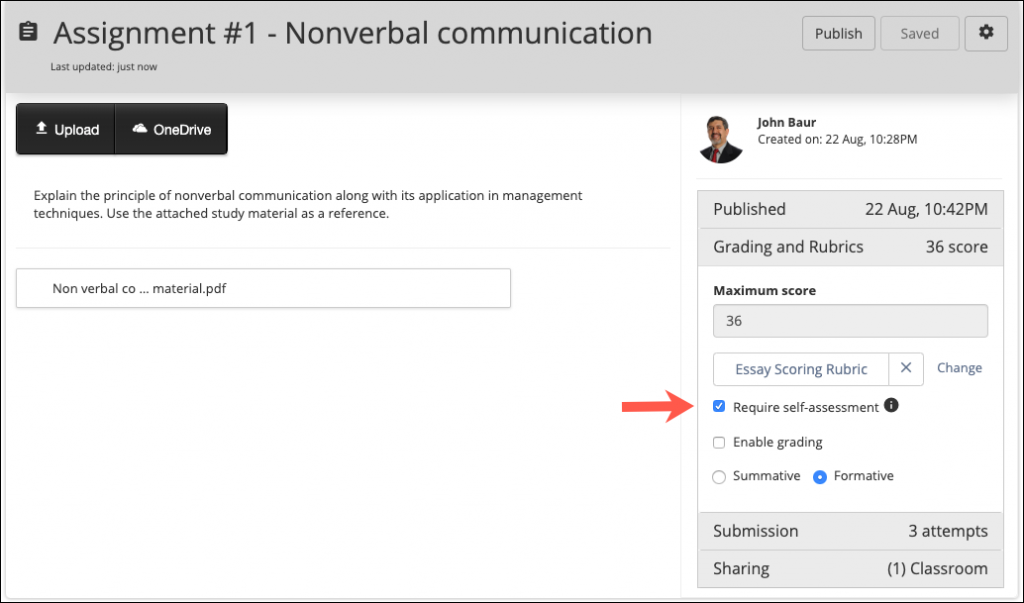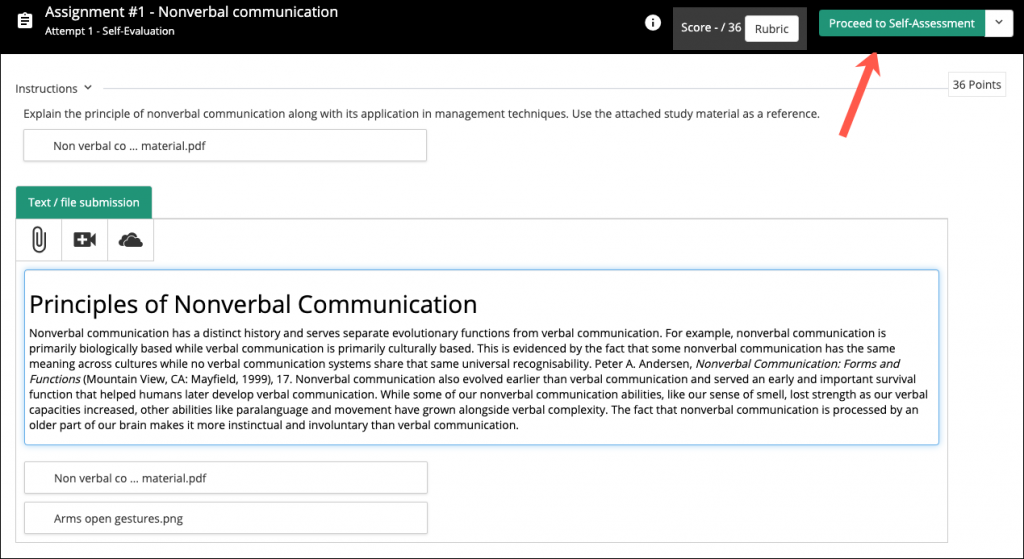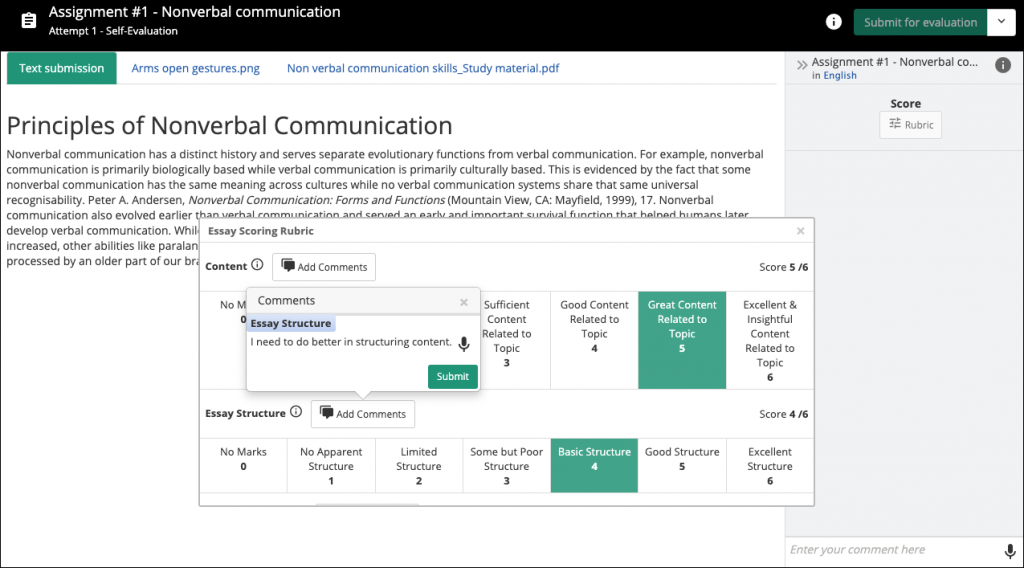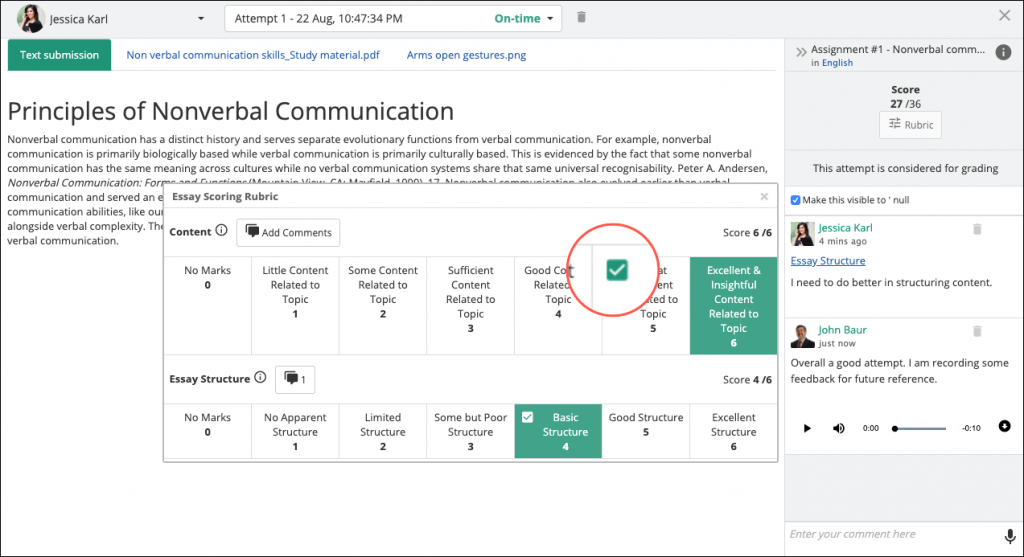One of our core product focus has been around the idea of Personalised Learning. Over the last 12-24 months, we’ve added capabilities that have allowed for better learning differentiation, and teacher led personalisation of learning. These capabilities allowed teachers to meet the needs of different students and tailor resources and assessments to meet their individual needs. While this has been useful, we know that personalised learning goes beyond just teacher-led learning differentiation, and that one of the key goals of personalised learning is making students more involved in the learning process, taking responsibility for their own learning and being self-directed.
Building student agency is a key aspect of personalised learning, and this involves several things from a student perspective, such as having more flexibility & choice in curriculum, time & space for learning, designing and planning one’s own learning path, and being able to self-assess oneself to know if you have achieved the desired outcome or level of mastery.
Self-assessment has been known to have many benefits and positive implications for students – from improved meta-cognitive skills, increased self-awareness, to a greater sense of autonomy and empowerment.
Research conducted in 1996 by Fernandes and Fontana in Portugal has shown that students who are provided with regular opportunities and encouragement to engage in self assessment are more likely to attribute their learning to internal beliefs (i.e. students believe they can have an impact on their own learning). These students were less likely to attribute success to luck or other unknown variables and were more likely to understand the real causes of their academic success, such as learning, effort and studying
(Research Source: Changes in the control beliefs in Portuguese primary school pupils as a consequence of the employment of self assessment strategies. British Journal of Educational Psychology, 66, 301–313. Reference Article – Importance of Student Self Assessment by Kathy Dyer)
The amazing schools that we work with are well aware of these benefits, and have given us the feedback to allow students to be able to assess themselves on the rubric criteria / learning standards that are aligned with an assessment activity.
Bringing Student Self-Assessment to Teamie
- [As a Teacher] While creating assignments on Teamie, teachers will now see a checkbox option to “Require self-assessment”, once a rubric has been attached to the assignment.
- [As a Student] Upon submission of the assignment, students will be asked to “Proceed to Self-Assessment” where they will see their submission (document/video/text) and the rubric set by the teacher. Students will be able to select the scale/level they feel they have achieved for the different rubric criteria, and also add a comment for each criteria, if needed, to explain their rationale for their self-assessment.
- [As a Teacher] When grading the assignments, teachers will be able to see the student submission, and the rubric which will highlight the scale/level selected by the student during their self-assessment. Teachers will be able to assess on the rubric and add their own comments/feedback for different criteria or for the assessment overall.
We are excited to launch this simple yet meaningful feature and take a step closer towards building a more personalised learning platform, and hope to make students more involved in the learning process and feel more empowered to take ownership of their learning.
If you would like Student Self-Assessment to be enabled for your site, please write to us at support@theteamie.com or get in touch with your Teamie Account Manager.
